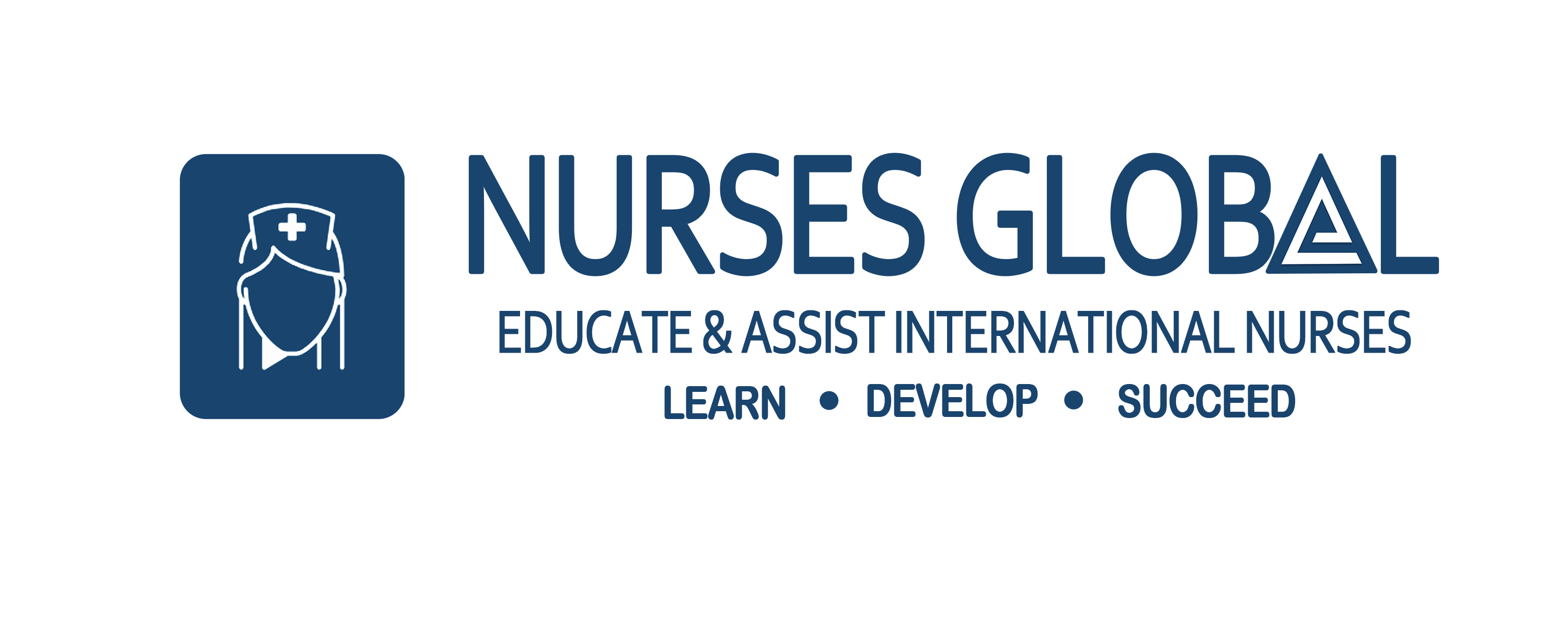Mission Statement
To achieve best outcomes for our customers
To achieve best outcomes for our customers
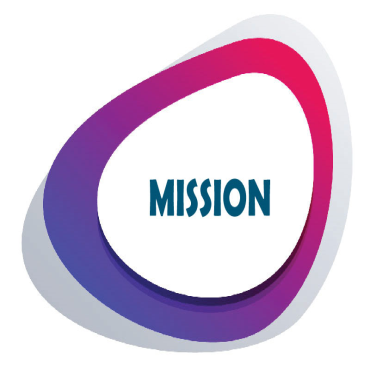
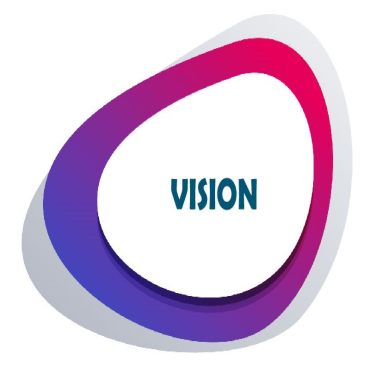
To lead delivery of programs to its best success rate, now and in future
We will provide you the best experience, training, and advice that would lead to achieving your goals together !

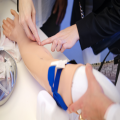
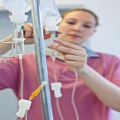
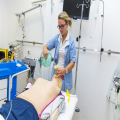

Human happiness the way they make shows is, they make one show that show's called a pilot then they show that show to the people who make shows, and on the pilots get picked and become.
Artificial wounds or wound models;Simulation stations are equipped with a variety of wound care supplies and materials, including sterile dressings, bandages, wound cleansers, topical ointments, and other tools necessary for wound assessment and management.
Simulation stations include various equipment used in the administration of medications, such as syringes, intravenous (IV) bags, oral medication dispensers, and other tools specific to different routes of administration.
High-fidelity manikins with realistic features and physiological responses are often used to simulate patients. These manikins can mimic vital signs, breathing patterns, and even respond to interventions like medications and procedures.
Designed to replicate human anatomy and provide a realistic feel for administering injections. Simulated patients or manikins may have lifelike skin, subcutaneous tissue, and anatomical landmarks to make the training experience as close to real-life situations as possible. Specialized pads or models may be used for training purposes. These pads often mimic the texture of human skin and underlying tissue, allowing individuals to practice various injection techniques, such as intramuscular (IM), subcutaneous (SC), or intradermal (ID) injections.
High-fidelity manikins or patient simulators are used to replicate the anatomy and physiology of a human patient. These manikins have realistic veins and arteries, allowing you to practice locating appropriate vessels for transfusions; also includes equipment such as IV catheters and needles to practice accessing veins for blood transfusion. Participants learn and refine the techniques of venipuncture and securing IV access. Simulated administration sets mimic the equipment used in real blood transfusions. This includes tubing, filters, and connectors used to deliver blood products safely from the blood bag to the patient's bloodstream.
